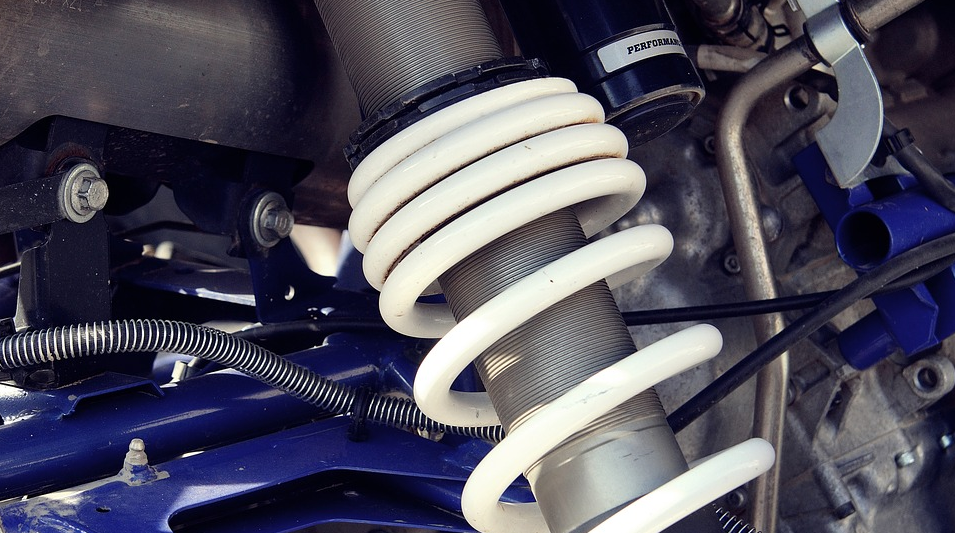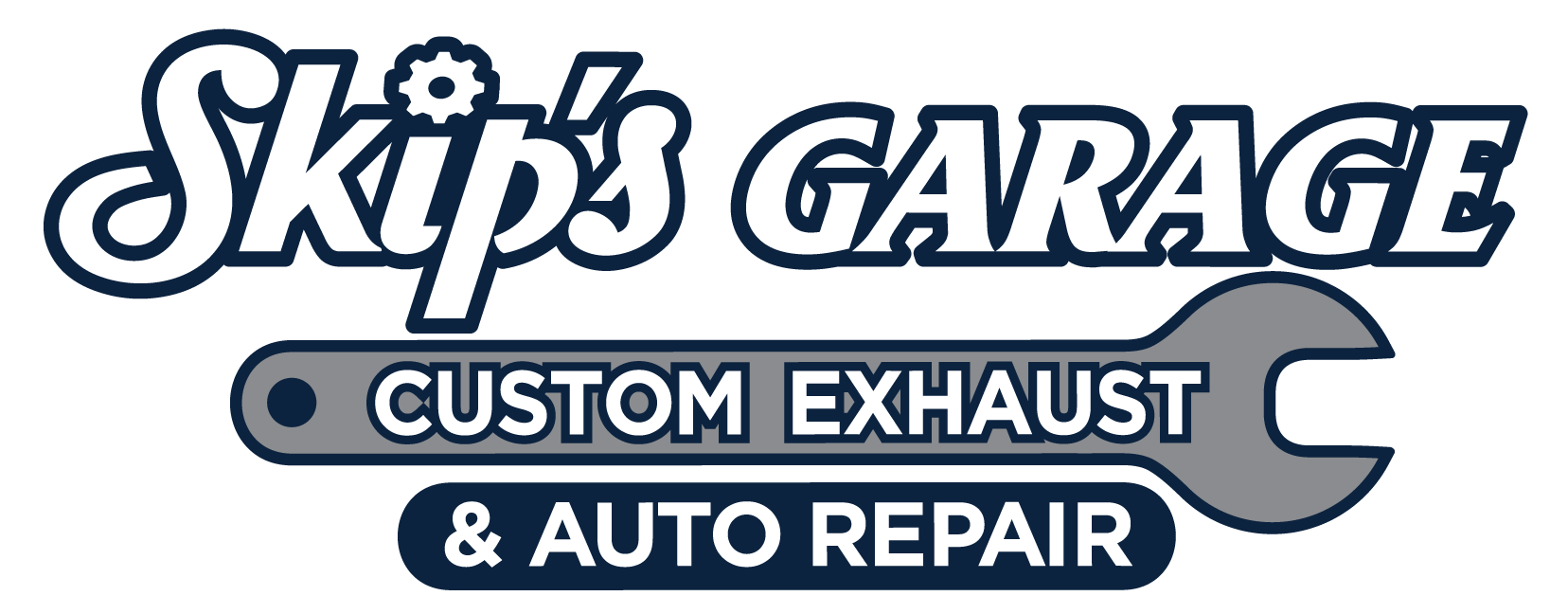
Alignment refers to an adjustment of a vehicle’s suspension – the system that connects a vehicle to its wheels. It is not an adjustment of the tires or wheels themselves. The key to proper alignment is adjusting the angles of the tires which affects how they make contact with the road.
Why is it Important to Check My Suspension and Alignment?
First off, let’s talk about your suspension. This refers to the components that connect the wheels to the frame or body of your vehicle. A great deal of engineering has gone into the design of these suspension systems to give us smoother rides, better handling, and more reliable vehicles. So, maintaining this system is crucial to your passengers’ safety and comfort, as well as keeping your maintenance costs affordable.
There are a couple ways to tell if your car needs some maintenance when it comes to this issue. If you’ve noticed one or more of these things, we recommend scheduling an appointment to have your vehicle checked:
- Uneven tread wear on tires
- Feeling your car pull to the left or right
- Your steering wheel is off center when driving straight
- You feel unusual vibrations from the steering wheel
Luckily, modern suspension systems offer adjustments to allow for variables like manufacturing tolerances, road wear, changes in tires, and even accidents. But wherever there’s an adjustment it’s possible for parts to wear over time or slip out of place (particularly after a collision), resulting in misalignment.
Also, any time something related to the suspension changes, as when a new set of tires are installed, alignment can change as a result. Periodically checking and adjusting the alignment is a necessary part of keeping every vehicle running safely and economically.
To understand why periodic alignment is important, it’s helpful to know a bit about what aspects of alignment can be adjusted.
What Adjustments can Fix the Suspension on my Car?
The major alignment adjustments are:
Toe: Deviations that cause your tires not to face straight forward are called toe. Excessive toe toward the inside or outside of the vehicle can dramatically increase tire wear and rapidly decrease fuel economy because the tires rub against the road instead of properly rolling, and larger deviations from proper toe settings can make a vehicle more difficult to control.
Camber: The extent to which tires are tilted toward or away from the center of the vehicle, when viewed from the front or rear, is called camber. If the tires are exactly vertical (0° of camber) then acceleration and braking performance are maximized, while a slight tilt of the tops of the tires toward the inside (called negative camber) can help handling because it compensates for the forces incurred during cornering. When camber is even a little bit too great (positive or negative), tire wear increases greatly because one edge of the tire takes all the load; when camber is badly misadjusted, safety becomes an issue as braking performance suffers.
Caster: Caster, which is usually adjustable only on the front tires, is the difference between where a tire touches the road and the point at which it pivots when turned. Picture the front wheels of a shopping cart, which automatically align themselves when the vehicle is pushed forward, to understand why this can be important. Correct caster settings help the vehicle track straight; incorrect settings can make the vehicle unstable or difficult to turn.
There’s a common theme to all three adjustments: when they’re set right, the vehicle performs well, has reduced wear and better fuel economy. So, driving a car, truck, or SUV with suspension that is misaligned can cost you a lot of extra money in the long run and can be unpleasant or even hazardous.
How Often Should I Check My Vehicle’s Alignment?
Periodically checking the alignment, even if none of the above occurs can produce long-term savings, primarily in reduced tire cost. If it’s been over a year or you’ve driven over 25,000 miles since your vehicle’s last alignment, it’s probably time to have it checked. If you drive on rough roads or frequently commute in harsh weather conditions, you will likely want to check even more often. Feel free to give us a call if you have specific questions.
There are a couple other important situations where it is important to have a mechanic check your alignment and suspension.
- If you notice changes in your vehicle’s handling or steering, you may need to check your alignment. First check to ensure that your tires look normal and are properly inflated. If maintaining your tires doesn’t solve the issue, we recommend scheduling a service appointment to get your vehicle checked out.
- Any time you have new tires installed, getting an alignment is a good idea. This is particularly important when changing to a different brand or model of tire, and it’s definitely necessary when changing wheel sizes.
- If your vehicle is in an accident, even one that doesn’t seem very serious, or if you hit an obstacle hard with one or more of the wheels, get the alignment checked. Even a seemingly minor bump can throw your suspension off to the point where it will need an adjustment or similar maintenance.
What Types of Alignment are Performed on My Vehicle’s Suspension?
Most auto shops will offer either a two-wheel or four-wheel alignment. If your car or truck has an adjustable rear suspension, which most vehicles from the past 30 years do, then you should normally get the four-wheel alignment. Even though it costs a little more upfront, you can expect long term savings on your general maintenance costs, especially for your tires.
Where Can I Go to Get My Suspension Checked?
Our team at Skip’s Garage can help. We are well versed with maintenance in this area for a wide variety of vehicles and we have great access to a selection of affordable auto parts. Give us a call or schedule online to get your vehicle checked or maintained today. We are always happy to answer questions before you come in or talk to you about automotive issues over the phone. Just let us know how we can help.
